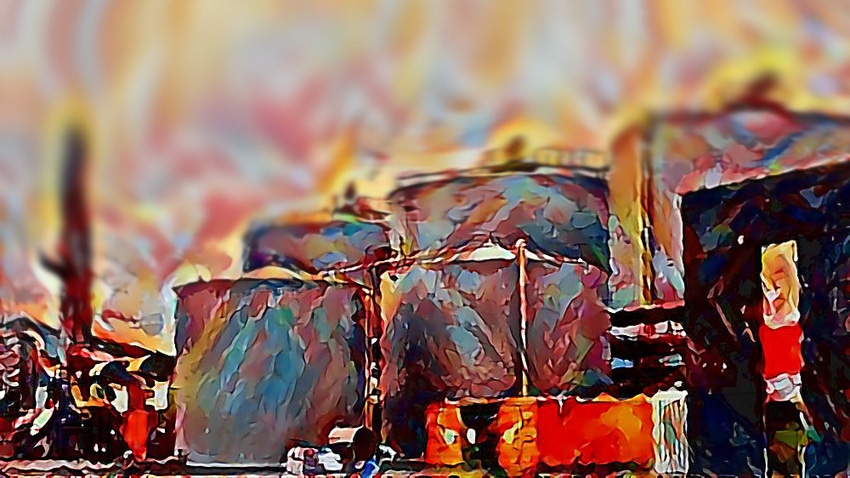At the Monterey Regional Waste Management District in California, food waste is transformed into high-quality compost and electricity.

At the Monterey Regional Waste Management District in California, food waste from local businesses, restaurants, hotels and hospitals goes through an extensive process to be transformed into high-quality compost and electricity.
First, the food waste is mixed with mulch and put into a digester for three weeks. During that time period, the food waste is converted into methane, which is later fed into an engine generator to produce electricity. Lastly, the organic mass is turned into high-quality compost, which is used to create fresh produce.
This effort is part of California’s attempt to keep organic waste out of landfill.
KSBW-TV has more:
Last night's leftovers can be found at the anaerobic digester, a purple and white dome-shaped structure, located at Monterey Regional Waste Management District.
"We receive food waste from area businesses, restaurants, hotels, even local hospitals," explained Jeff Lindenthal with MRWMD.
Monterey and the surrounding counties send their scraps to the site in Marina, where it gets mixed with mulch and goes into the digester for three weeks. During that time, the material is converted to methane, Lindenthal explained, which is fed into an engine generator and eventually produces electricity.
About the Author(s)
You May Also Like


